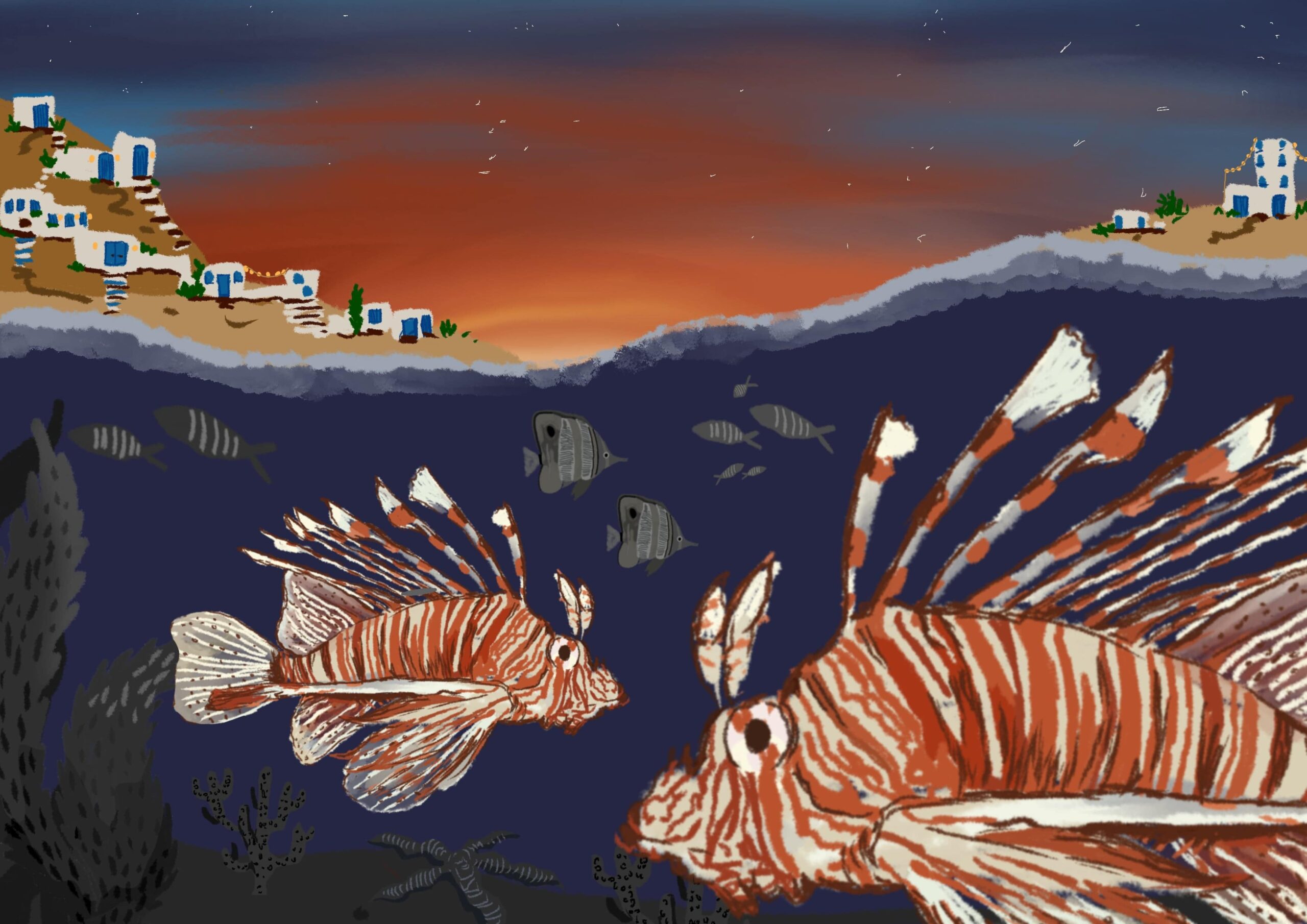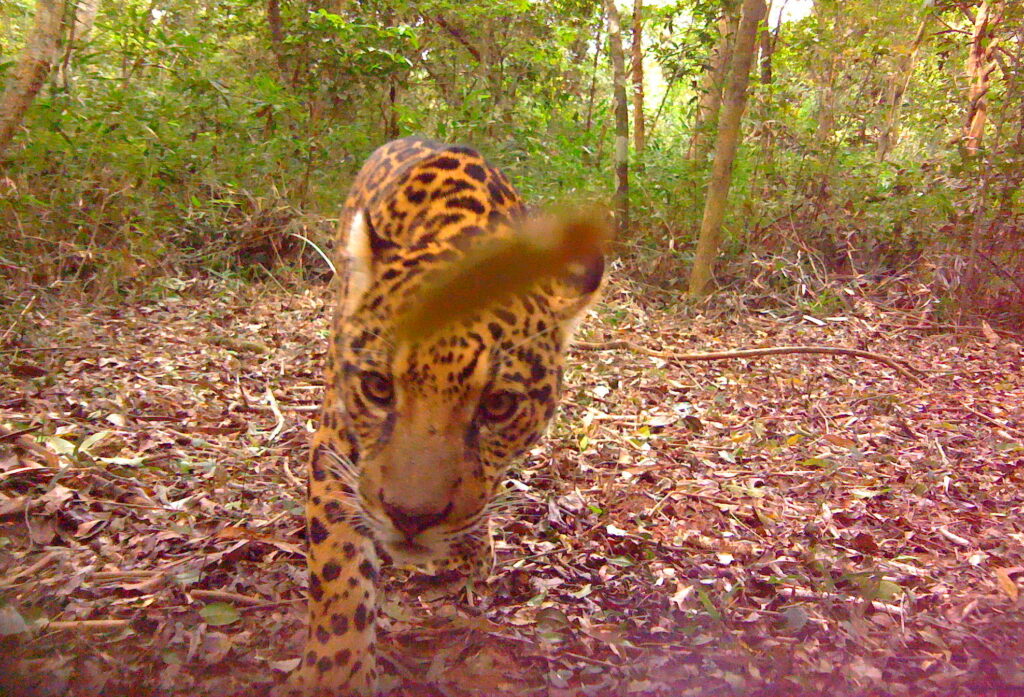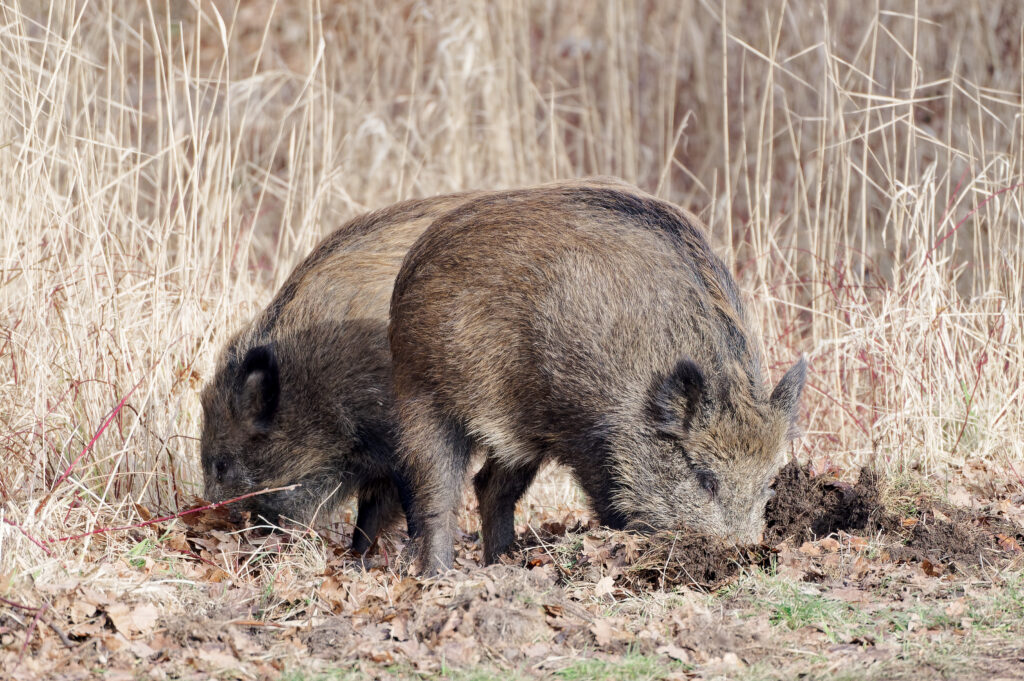Although beautiful, with colourful stripes and fan-like fins, lionfish (from the genus Pterois) are among the world’s most successful invasive species. Originally from the warm waters of the Indo-Pacific, two of the 12 species of Pterois—the red lionfish (P. volitans) and the common lionfish (P. miles)—have rapidly colonised much of the western Atlantic, including the Caribbean. Here they are known for outcompeting native species and disrupting local ecosystems, with the lack of natural predators in their new environments allowing their populations to grow uncontrollably.
Rising ocean temperatures in the Mediterranean are mirroring conditions of the Indo-Pacific, allowing lionfish to thrive in places they couldn’t before. It’s believed that they got here via the Suez Canal, an artificial waterway connecting the Mediterranean with the Red Sea. It’s one of the busiest and most important marine trade routes but also serves as the primary pathway for marine bio-invasions into the Mediterranean.
Lionfish were first documented in the eastern Mediterranean around 2012. Within three years, they spread to Tunisia and Greece, and by 2021 they had reached Croatia, over 1,000 km away. Another factor aiding their spread is ‘prey naïveté’—native species, unfamiliar with lionfish as predators, fail to recognise the danger, making them easy targets.
A recent study by Emma Mitchell and Victoria Dominguez Almela, from the University of Southampton, assessed the distribution of the common lionfish (P. miles) in the Mediterranean and how far they might spread in the future. To do this, they used two key methods: (1) Spatial Distribution Models that predict the current range of lionfish using data on known lionfish locations, combined with environmental factors (such as salinity and temperature) to predict where else they might be found (2) Ecological Niche Models that identify environmental conditions that make an area suitable for the species and use climate predictions to forecast where lionfish are likely to thrive in the future.
The study authors used two climate change scenarios, called Representative Concentration Pathways (RCP), to predict the likelihood of lionfish invasion under future climates. RCPs show how climate could change based on different levels of greenhouse gas emissions. For example, if emissions continue to rise at the current unprecedented rate, we could face extreme global warming (RCP 8.5), while cutting emissions could lead to more moderate warming (RCP 4.5). They used machine learning techniques to map out potential areas at risk of lionfish invasion under each scenario.
An emerging threat
The models predicted that lionfish are likely to spread widely across most Mediterranean coasts, except Libya and northern Egypt. By 2040–50, their distribution could expand into the southeastern Mediterranean, with some spread into western areas. In the worst-case climate scenario (RCP 8.5), nearly the entire Mediterranean could become suitable for lionfish by the end of the century. High-risk areas include southern Greece, Turkey, and the Strait of Sicily. Predictions show a shift north and east by 2090-2100, especially in the RCP 8.5 scenario.
Lionfish have already caused considerable damage to ecosystems in the western Atlantic and if left unchecked, will do the same in the Mediterranean. However, the Mediterranean invasion is still in its early stages, meaning there’s time to act before lionfish become established and harder to control.
The good news is that Cyprus is already leading the charge. More than 35,000 lionfish have been removed from their waters through spear fishing. Combining these efforts with natural processes that keep lionfish populations in check, including predators and pathogens, could make an even bigger impact. This might involve protecting natural predators of lionfish that help control their populations. And creating markets for lionfish in the seafood and jewelry industries could ultimately make removal efforts more sustainable.
Entirely preventing this invasion in the Mediterranean may be challenging. However, accurate species distribution and prediction models can help manage their spread and are the first steps to slowing it down. Cyprus’ actions show that these conservation management efforts will pay off.
Call to Action: If you notice a lionfish or another unusual species, it might be invasive—report it to local wildlife authorities or upload a photo to iNaturalist. Citizen scientists play an important role in collecting biodiversity information and could even help detect new invasions in time to take action.
Further Reading
Mitchell, E. and V. Dominguez Almela. 2024. Modelling the rise of invasive lionfish in the Mediterranean. Marine Biology 172: 18. https://doi.org/10.1007/s00227-024-04580-6.






